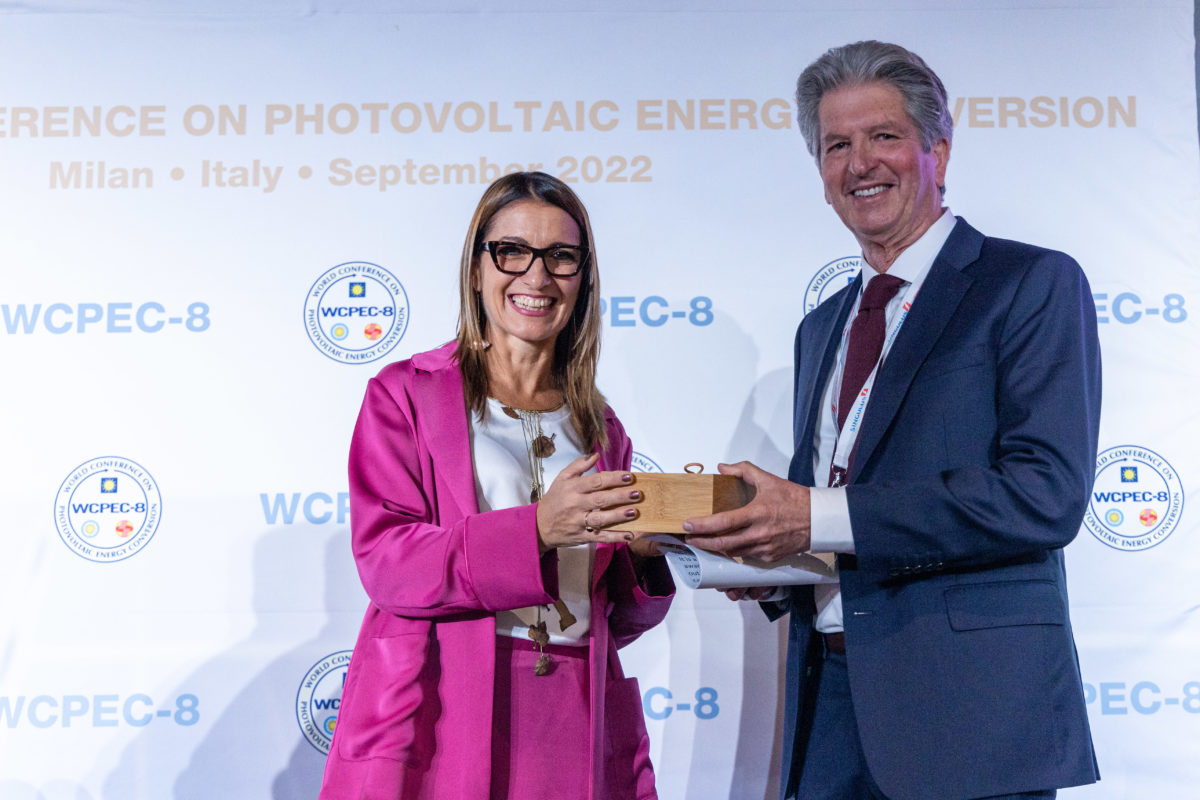The University of New South Wales (UNSW) has attracted around $12 million in funding across nine different research projects in the latest round of Australian Renewable Energy Agency (ARENA) funding. Martin Green says the funding represents a “turnaround” after many projects faced being scrapped under the uncertain government support of the previous Scott Morrison-led federal government.
“We have heard that the funding for our centre, of which I’m the director, along with a number of other centres and research groups, is going to be extended,” said Green, speaking to pv magazine at the WCPEC conference in September, 2022. “As of just a couple of years earlier, we thought that we were about to be terminated and now it looks like we’re going to live through to 2030. With this recent grant success, we will be able to really push things along.”
At the 2022 WCPEC conference, the world’s leading solar academic conference that is held every four years, Green was awarded the prestigious WCEPC Award – adding to his already bulging trophy cabinet.
Referring to the previous federal government attempts to scrap ARENA, Green noted the stark change in fortunes for solar research in Australia. “A couple of years ago our funding source was going to be closed down by the government that was in power then. With the change in government, things are looking a lot brighter.”
The UNSW PV research programs to receive funding include work on high efficiency tandem and multi-junction solar cells, along with approaches to reduce production costs by dramatically reducing silver consumption.
“There is a lot of silicon technology [among the successful grant programs], but also on thin film technology, where we are trying to develop thin film cells in their right but also for stacking onto silicon,” said Green. “There are grants on the system level, so it really is across the whole cross section of the industry. It will be really good for the group to have more of a diversification of the research fields that we are looking at.”
The successful UNSW solar system-level research projects are into areas including operations and maintenance, including inspection technologies, and applications of machine learning.
Green notes that UNSW will now be able to expand its research teams. “Instead of [just] being able to keep our present researchers employed, we will actually be able to take on some new initiative, new people and ideas – so it’s a real plus for solar research in Australia.”
This content is protected by copyright and may not be reused. If you want to cooperate with us and would like to reuse some of our content, please contact: editors@pv-magazine.com.









2 comments
By submitting this form you agree to pv magazine using your data for the purposes of publishing your comment.
Your personal data will only be disclosed or otherwise transmitted to third parties for the purposes of spam filtering or if this is necessary for technical maintenance of the website. Any other transfer to third parties will not take place unless this is justified on the basis of applicable data protection regulations or if pv magazine is legally obliged to do so.
You may revoke this consent at any time with effect for the future, in which case your personal data will be deleted immediately. Otherwise, your data will be deleted if pv magazine has processed your request or the purpose of data storage is fulfilled.
Further information on data privacy can be found in our Data Protection Policy.